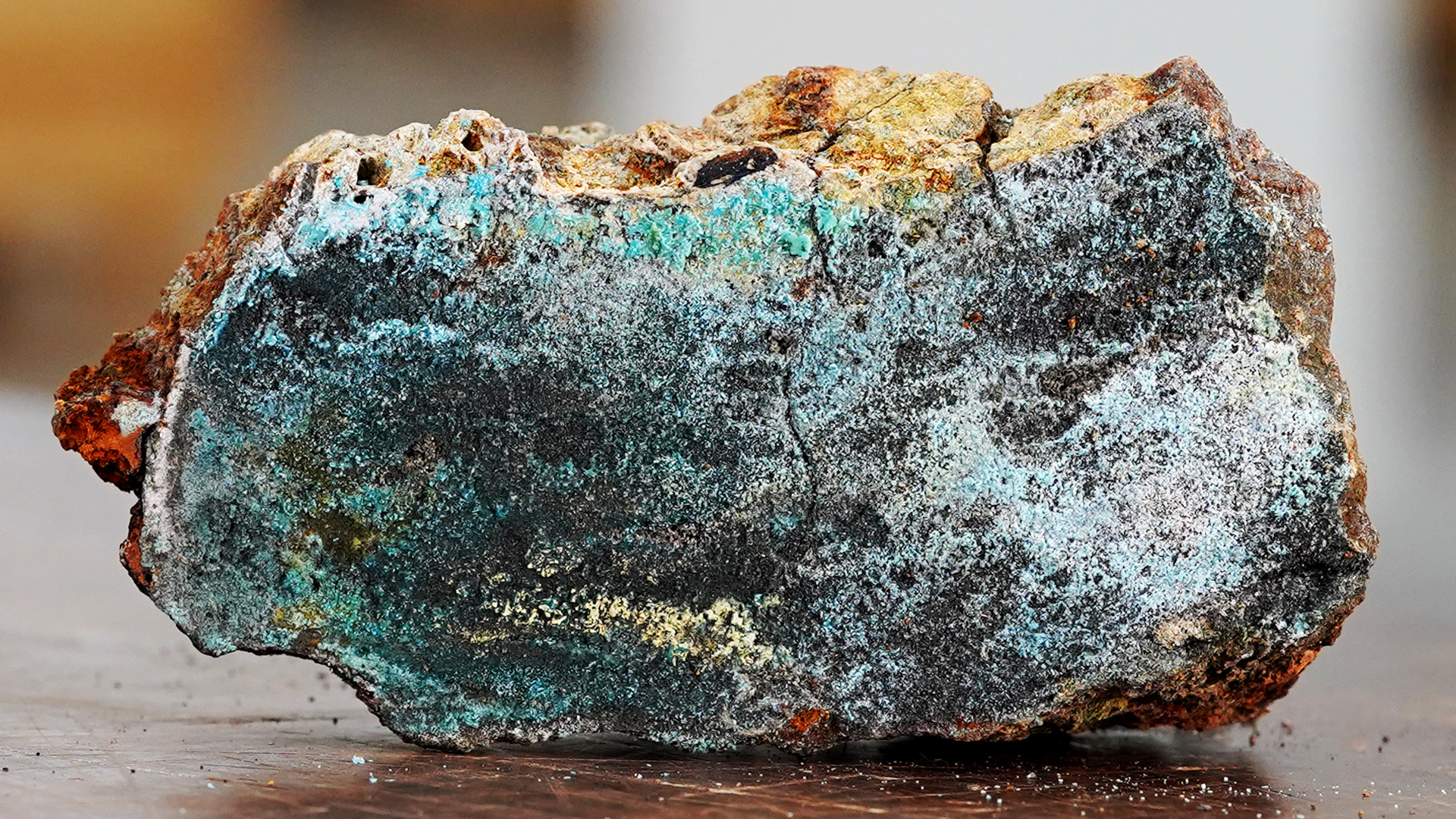Releasing seabed data

A section of a sulphide sample, obtained during theNorwegian Petroleum Directorate's (NPD) expedition to the Mohns Ridge in the Norwegian Sea in 2020. Photo: Øystein Leiknes Nag, NPD.
07/06/2022 Last Thursday, the first data on seabed minerals on the Norwegian continental shelf were released to the public.
This took place at a seminar at the Norwegian Petroleum Directorate (NPD).
Seabed data is being released in the same way as the NPD releases petroleum data. The objective is for all players to have equal access to good data.
Around 90 people participated in this historic seminar, where they gained insight into the NPD's own expeditions in the Norwegian Sea in 2018 and 2020, as well as expeditions that took place under the direction of the University of Bergen and the University of Tromsø.

There was significant interest when the first seabed mineral data was released by the NPD on 2 June. (Photo: Arne Bjørøen)
"This is only the start, and more data will be released later," says Jan Stenløkk of the NPD.
He says that the first released data sets are depth data; the distance to the seabed in the surveyed areas, as well as some geophysical data. This will be used in the hunt to prove sulphide deposits and manganese crusts on the seabed.
According to Stenløkk, the data is of interest for the both the industry and the academic community. It is now available at npd.no. The launch also included a map application showing where the expeditions were conducted.
"The Norwegian Petroleum Directorate has been given responsibility for collecting data on seabed minerals on the Norwegian shelf, and for distributing this data," Stenløkk says.
The Norwegian authorities have initiated an impact assessment as a basis for the politicians in a potential opening process.
Norway is the only country in the world to implement this legislation, through the Seabed Minerals Act. As far as Stenløkk knows, Norway is also the first to release seabed mineral data.

Tour of the NPD's Geobank. Jan Stenløkk (second from left) displayed concrete evidence from expeditions to the guests. (Photo: Arne Bjørøen)
Read more about seabed minerals
Director Communication, public affairs and emergency response
Updated: 23/06/2022